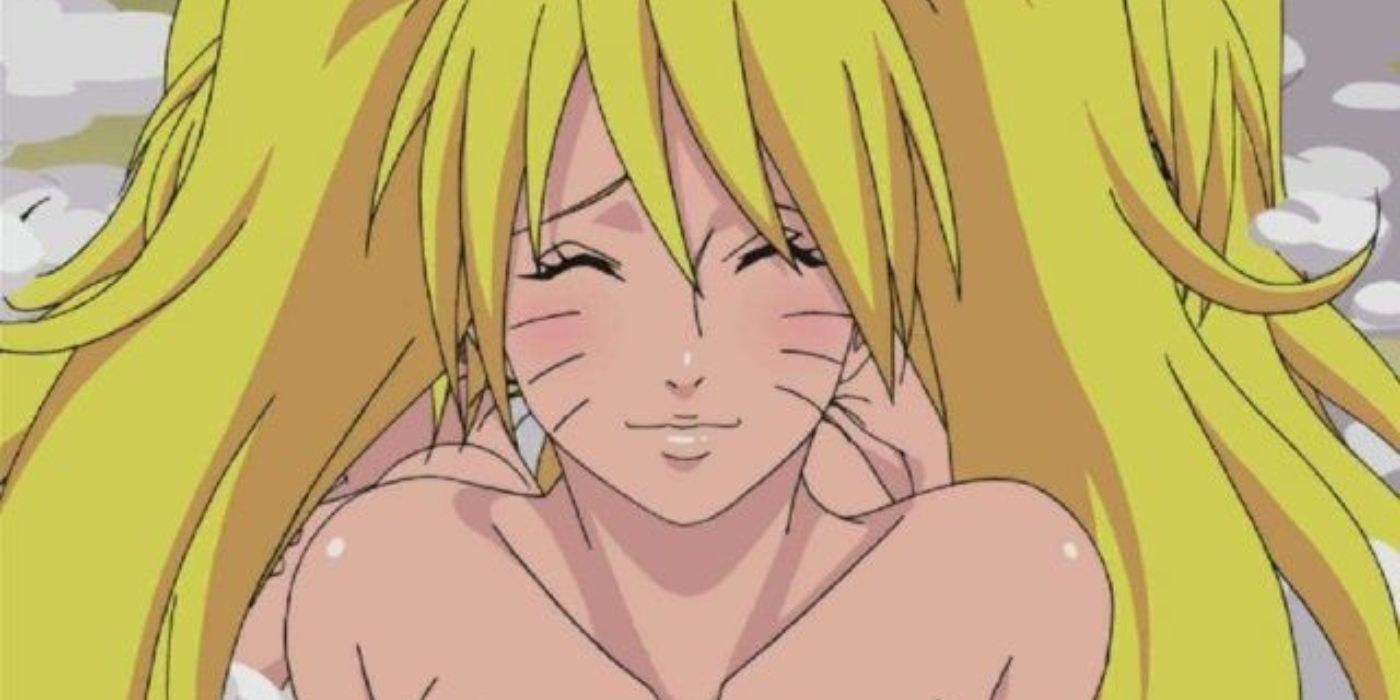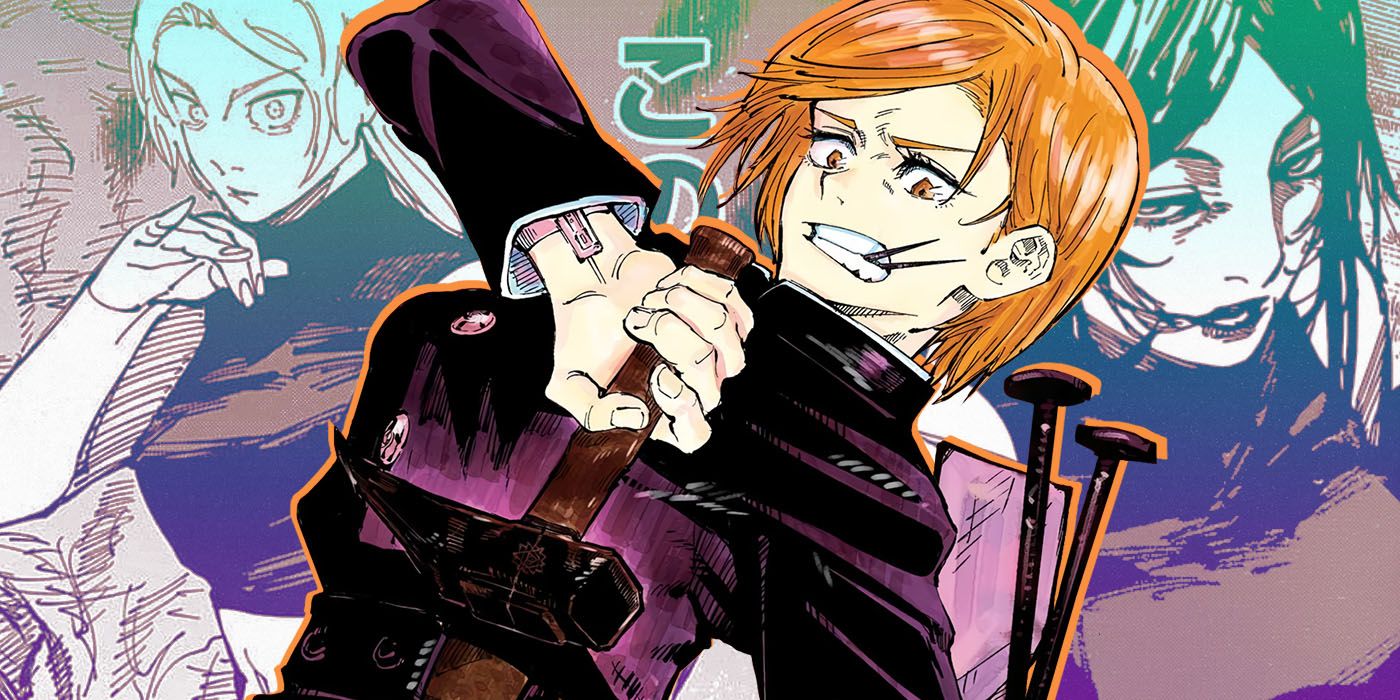The Japanese anime industry is renowned for its many ingrained traditions, conventions, clichés, and running jokes, from shouting attack names to big, sparkly Disney-style eyes. Some of these are just cosmetic or are cheap fun, while other long-running traditions, such as gratuitous fan service, are really showing their age.
Society's sensibilities naturally shift and change over time, including how characters and people are portrayed in media, calling the entire concept of anime-style fan service into question. Anime-style fan service gratuitously portrays female characters in R-rated ways, and modern anime fans have had enough of it. This long-running tradition has run its course, and the anime industry has already found vastly superior alternatives for presenting compelling, unforgettable female characters that don't require showing a lot of skin.
How Fan Service Became Ingrained In Japanese Anime
It's not entirely clear how or when gratuitous fan service became such a staple in the anime industry, though fans can point out some early and prominent examples from the 1980s and onward that helped set this trend. One example is the legendary shonen series Dragon Ball, by famed author Akira Toriyama. This series, even more than Fist of the North Star, established many shonen tropes that are taken for granted today, from glowing power-ups to gratuitous fan service. Dragon Ball often did this with the character Bulma, a scientifically gifted and attractive teenage girl who was often lewded, sometimes with the ultra-pervert Master Roshi around to see it.
On the plus side, Bulma was firmly established as a smart, confident girl who had a lot to contribute, which helped normalize intelligent and capable girls in shonen. However, Dragon Ball also used her as a vehicle for fan service, whether or not Bulma herself wanted it. In one scene, Bulma attempted a PG-13 move to sway Master Roshi, only to make a mistake and make an R-rated move instead. Even if nothing explicit was shown to the viewer, it was clear what was happening, and it cheapened Bulma's character a great deal. Later sagas such as Dragon Ball Z added more depth to Bulma's character as an inventor and mother. Still, the fan service was baked in, too, and fans can't rewatch early Dragon Ball episodes without associating Bulma with those scenes.
Masashi Kishimoto's Naruto took many cues from Dragon Ball, in both good and bad ways, including gratuitous fan service that was never even needed. Protagonist Naruto Uzumaki quickly developed his identity as a creative, punkish troublemaker in many ways, including his invention of the Sexy Jutsu, using illusions to become an older, female, and completely nude version of himself. The series gradually phased this out, but it was still sometimes used in later arcs, including a male version to sway female characters. Thus, Naruto tried to legitimize fan service as an in-universe technique typical of Naruto Uzumaki's personality, but even then, it has aged poorly in many fans' eyes.
Those examples, and many more from shonen anime, suggest that these creators have a low opinion of their female characters and see no need to treat those characters respectfully for any female readers/viewers they may have. Even if shonen caters to boys who will typically like attractive girls, such gratuitous fan service does more harm than good, cheapening the lewded female characters and even cheapening the entire concept of having girls in shonen manga/anime.
In extreme cases, it almost seems like those girls aren't welcome in the story unless they provide fan service as a ticket of admission, normalizing the idea that R-rated fan service is expected of them. Such degrading fan service might even be used to make up for mediocre story writing or character design, a blunt way to keep readers and viewers engaged when the rest of the material might not be up for the job. That isn't always the case, but when authors throw gratuitous fan service at their audiences, that's certainly what it looks like, and it doesn't flatter anyone.
How Anime Is Moving On From Gratuitous Fan Service
A common phrase is "sex sells," and only very gradually will the anime industry move on from fan service and rely less on gratuitous, explicit imagery to keep viewers engaged. Most likely, it will never fully go away, but the good news is that plenty of alternatives exist, and some series are already standing out for saying "no" to gratuitous fan service. An anime character of any sex/gender can be made compelling and likable in many ways, and showing skin is just one of them — and the least appropriate. For example, series such as Jujutsu Kaisen and Chainsaw Man either keep their female characters fully clothed, only depict them nude in meaningful ways, or humorously subvert the concept of fan service.
Female characters such as Nobara Kugisaki the sorcerer and Power the horned fiend are fan favorites, and they don't need nudity or a Sexy Jutsu to do it. These outstanding shonen girls are simply written as deep, relatable, and dynamic people who draw fans in just by being themselves, without needing blunt, degrading fan service to make sure audiences keep paying attention. This, more than any steamy fan service scene, made them true Best Girls who are compelling just for being awesome characters, period. Fan service is often a narrative crutch, whether or not an anime like Naruto ever needed it, and brave series like JJK and Chainsaw Man show what happens when the author discards that crutch and lets the female characters be their authentic selves, just like the boys.
This sets an excellent example that other shonen series can easily follow, and plenty do. More and more romantic comedy manga/anime in shonen do away with fan service entirely and let characters like Tomo Aizawa, Nagisa Kubo, Kyoko Hori, and Shoko Komi captivate audiences with what they say and what they do, and not just what they look like. Or, in Chainsaw Man's case, female nudity may be present but serve a legitimate purpose in a context that veers away from gratuitous R-rated fun and toward artistic expression. The best example is the Chainsaw Man manga showing Denji washing a nude Power in the bath not to provide erotic thrills for readers but to show Power's vulnerability and nothing more. This is a fair compromise, making female nudity meaningful and normalizing the nude female form as an expression of self and not a cheap source of fan service. If they're careful, other series might follow that example, too.



